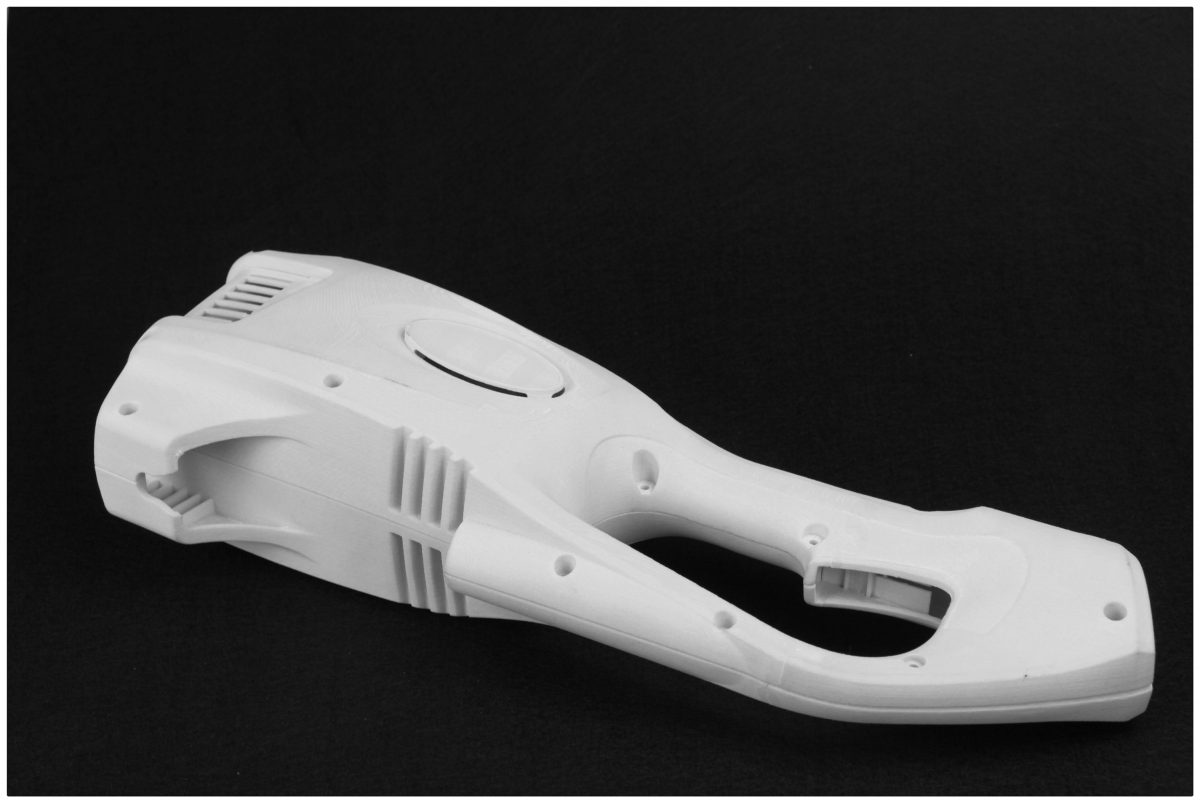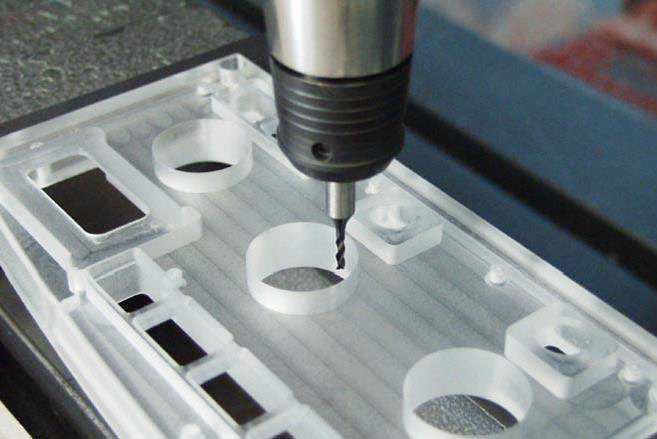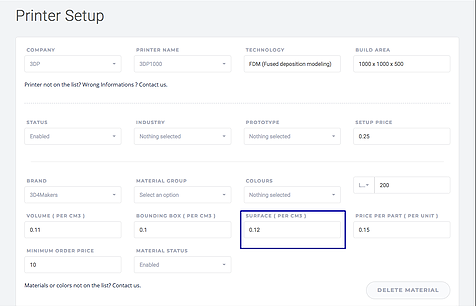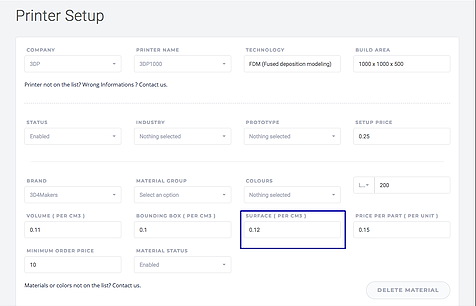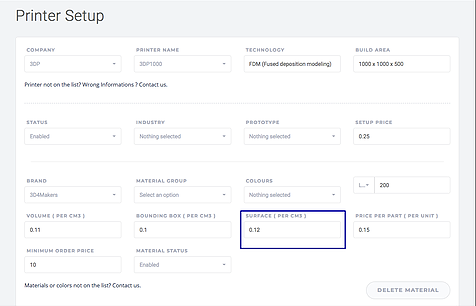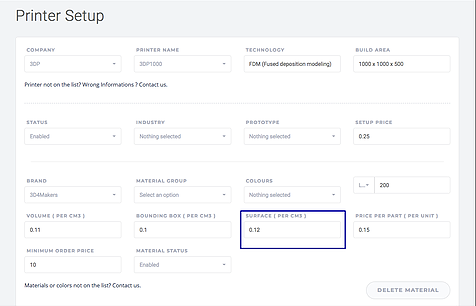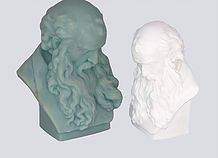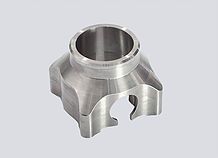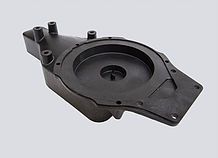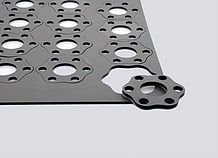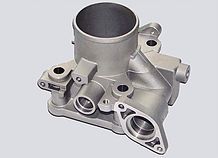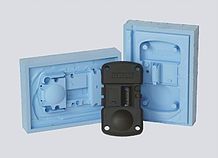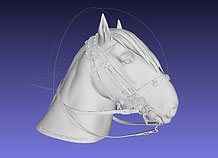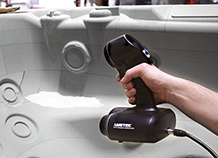Manufacturing Options for Rapid Prototyping
Rapid prototyping technology is allowing designers a fast, easy way to bring their work to life, beyond virtual visualization. 3D Compare compiles quotes from leading manufacturers and provides a fast and accurate way to grasp the potential of a product. Rapid prototyping brings high fidelity from the conceptualized design, and can provide an accurate proof of concept. Through our platform, you can bring a full-scale model to life, customizing products according to individual requirements. You can brows our database for all the processes involved in prototype production, whether you need 3D Printing, CNC Machining, Injection Modeling or Laser Cutting.
3D Printing Prototypes
Additive manufacturing works best for complex rapid prototypes. The results are produced to very fine tolerances and costs are kept to the minimum. The technology has improved continuously, and options are varied. Stereolithography (SL) uses an ultraviolet laser focused to turn liquid thermoset resin to solids. Selective laser sintering (SLS) uses a nylon-based powder to achieve similar results. With direct metal laser sintering (DMLS), atomised metal powder is welded into a solid. Multi Jet Fusion relies on the selective application of fusing and detailing agents across a bed of nylon powder. PolyJet, as the name implied, is a jet spraying liquid photopolymer onto a build platform.
CNC Machining
CNC machining is great if you want to use final production materials. The process is superior in its replication of final products, as well as its ability to hold tight tolerances. There is a wide range of materials that can be used in the process, including high-quality metal and plastic parts. Compared to additive manufactured prototypes, CNC machining will allow the use of true production grade materials. CNC will allow the production of intricate details, dimensional accuracy and critical surface finishes.
Plastic Injection Moldind
Plastic injection molding is the stepping stone from prototyping to large scale production. Product testing can only go so far, and this is as close to your desired final product as you can get. As you fine tune your assembly process, injection molding can be used to replicate an assembly line product. Injection molding allows for repeatable high tolerances and multiple materials. In order to achieve results comparable to your final product, the same process and materials must be used. Since textures and finish levels are applied to the mold cavity, the parts need mimimal to no finishing after molding.
Laser Cutting
Laser cutting is your thing if you need more intricate, high precision prototype parts. Metals can be cut in high detail, due to a laser with a size of only a few micrometers. The level of accuracy met by laser cutting cannot be recreated with any other production process. Stone, glass, wood, plastic can be used in prototype manufacturing, along sheet metal. Laser cutting also brings speed and flexibility to the table, with adjustments made easily. Edges are finished as this production method does not leave behind any imprefections that result from traditional cutting methods.
3D SCANNING
3D Scanning If you are improving a product, all or parts of it can be reverse engineered with 3D Scanning. Practical applications in rapid prototyping are varied, but, at its core, this process allows the creation of documentation for any existing object. The object is scanned with either a professional 3D Scanner or a collection of images. A CAD drawing is generated without previous modeling using technical software. Without having any previous documentation for a product, the recreated 3D model can go into production.
CAD DESIGNERS
CAD Designers If what your prototype needs is someone with CAD experience, you can use 3D Compare to compare offers and find the right professionals. You can create new models according to your specifications, or transform files according to your needs. Existing files can be used to generate new and improved products. “As-machined” product files can be transformed into required “as-cast.” Whenever prototype specs change, you need a pro to adjust your production files.
WHAT OUR CLIENTS THINK
Lorem ipsum dolor sit amet, consectetur adipiscing elit, sed do eiusmod tempor incididunt ut labore et dolore magna aliqua. Ut enim ad minim veniam, quis nostrud exercitation ullamco laboris nisi ut aliquip ex ea commodo consequat. Duis aute irure dolor in reprehenderit in voluptate velit esse cillum dolore eu fugiat nulla pariatur. Excepteur sint occaecat cupidatat non proident, sunt in culpa qui officia deserunt mollit anim id est laborum."
